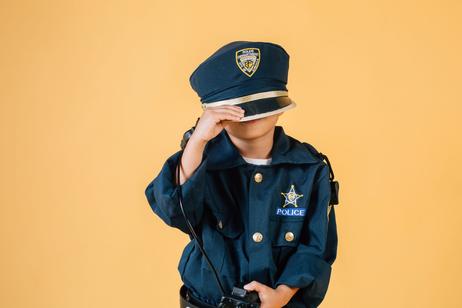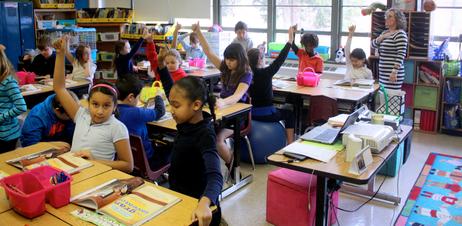Children are often caught in the crossfire of a divorce, and separation results can wreak havoc on a child’s academic performance and behavior at school. In fact, as Planet Divorce and Parenting Wizards' expert counselor asserts, “Children exposed to divorce are twice as likely to repeat a grade and five times likelier to be expelled or suspended from school.”
Researchers have found that many children experience behavioral changes in the immediate months after a divorce. Subsequently, divorcing parents can help their children maintain their performance in public schools by understanding these issues.
This video explains how divorce impacts children's mental health.
What Happens to Children after a Divorce
In the months following a divorce, children tend to demonstrate more disobedient, less affectionate, and more demanding behaviors. As children carry their personal problems from home into their school atmosphere, some of the changes seen in their school behavior include:
- Withdrawal
- Dependency
- Inattention
- Unhappiness
- Reduced work ethic and effort
- Increased acts of violence
- Physical boundary problems
Due to the dramatic upheaval in a child’s environment, divorce can impact students in an array of grade levels and at various ages.
Preventing Long-Term Problems: Public School Resources for Family Support
Studies show that over half of the reported divorces in the United States involve children and/or teens. Subsequently, Early School Years argues, “It is important to remember that divorce does affect children, and it’s






















